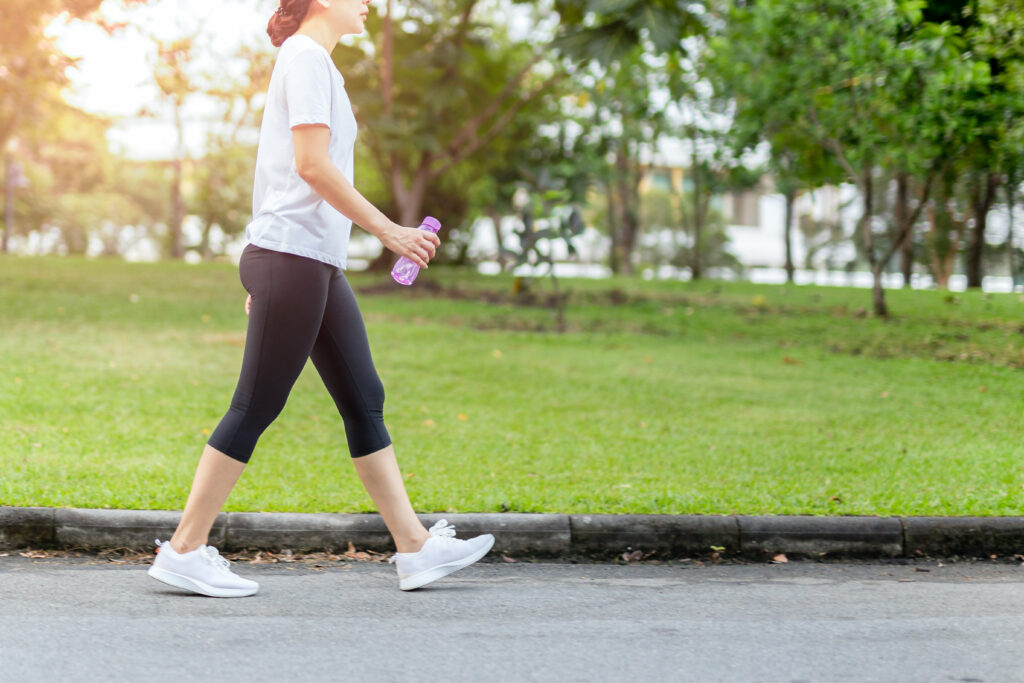Osteopathy
The Power of Walking – A Functional Training Approach
When you see your child take their first few steps, it is a moment of joy and wonder. But as we get older, we seem to pay less attention to this simple yet complex ability. Functional training helps us appreciate what’s happening during a step, and if only we knew more about biomechanics, we might reconsider how special the functional mechanics of walking truly are. I can give you some ideas…
The feet
Our feet consist of 26 bones, 33 joints, and 107 ligaments! All of these, along with the multiple muscle attachments help to decelerate the forces of gravity onto your body and onto the earth and then accelerate your body to walk. Any upright functional training mandates us to take into consideration the feet.
The chain reaction
We are extremely interconnected! When your feet hit the ground, they start a chain reaction of movements through your knee, hip, pelvis, lower back, and even all the way up to your neck. The entire body has to rotate, stretch, flex & extend. It is like a rubber band stretching in a variety of directions, loading energy and getting ready for a recoil to spring forward. A functional training approach cannot involve only linear movements, but rather a variety of three-dimensional strategies to harness the power of the chain reaction.
The muscle switch
Our muscles don’t have brains of their own! They react depending on the demands. Imagine an orchestra of muscles turning on and off, tuning in and out, stretching in multiple directions in order to stabilize and coordinate your movement. So you can walk in a straight line! A Functional training approach should not focus on isolating muscles but rather on allowing them to adapt, re-organize, and become resilient.
Impact on overall health
We know the impact that daily walking can have on heart health and even digestion, but we tend not to focus our attention on the benefits to the mind. In fact, being out in fresh air, having some company to walk with, and spending time away from technology can have tremendous benefits to our mood. Functional Training does not only involve exercise but also how our mind adapts and responds.
Uncovering the beauty of simple and humble walking will surely make us feel like walking. Here are top 3 tips to add a daily habit into your life:
- At the supermarket, park slightly further away from the entrance. Give yourself a few more steps!
- Try morning walks, the air has something special! Morning light helps set your body clock and gives you a great start to the day.
- Find company, having someone walking with you can help motivation and also it’s a great time to catch up about life!


